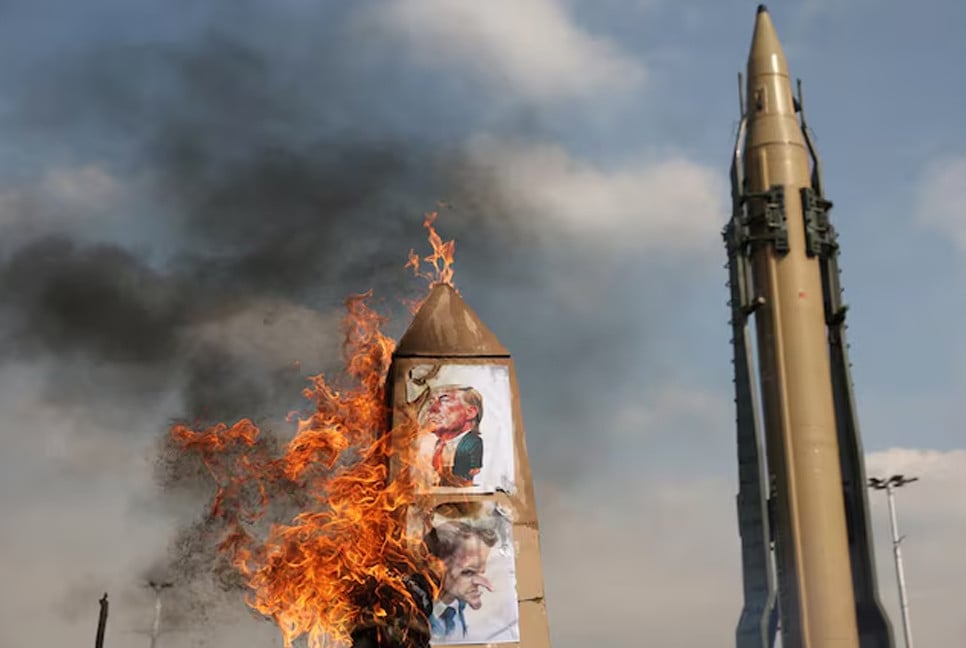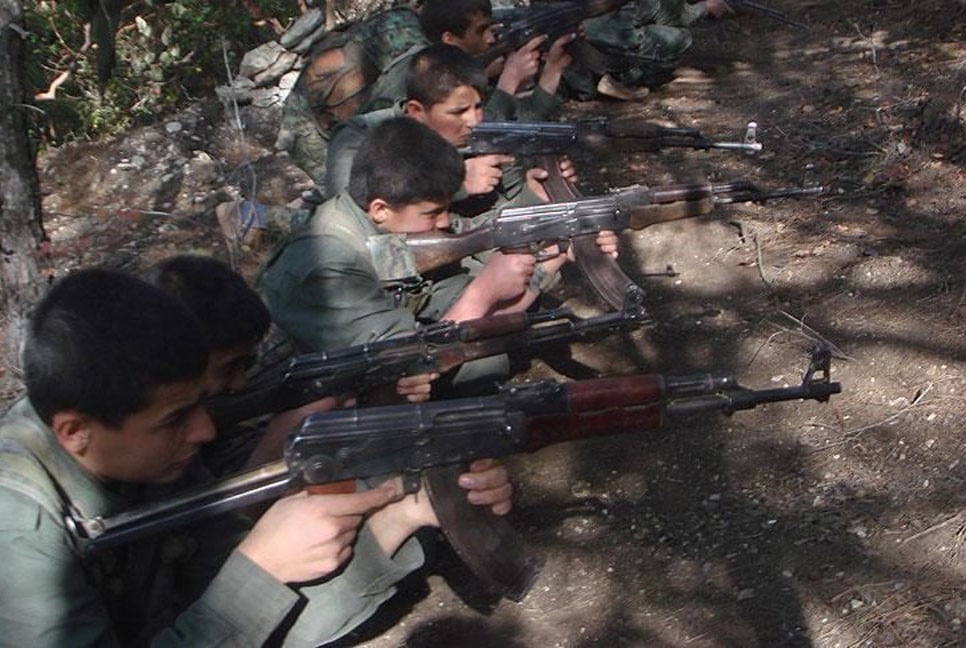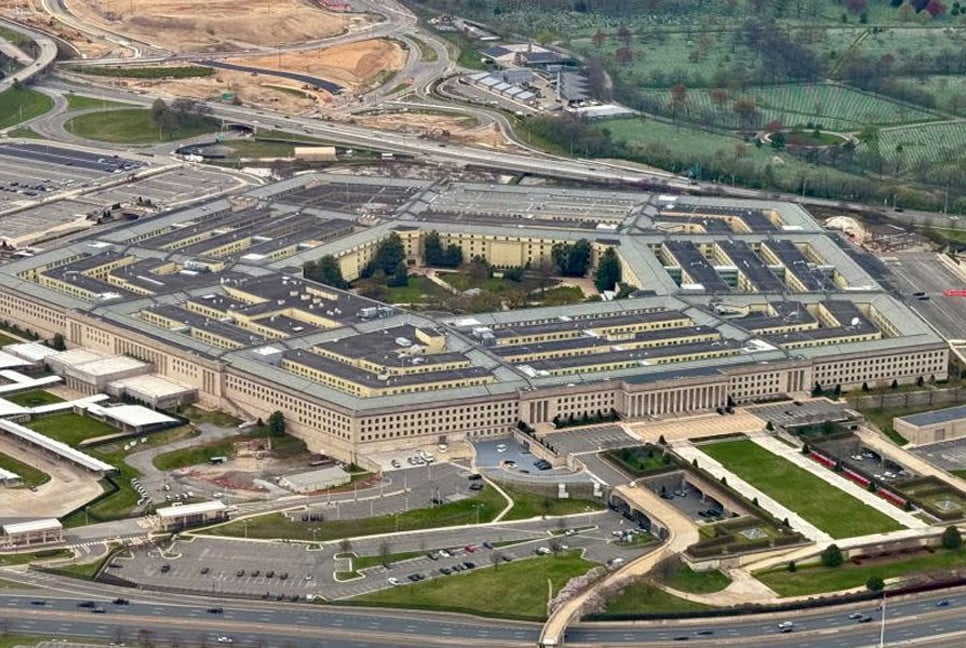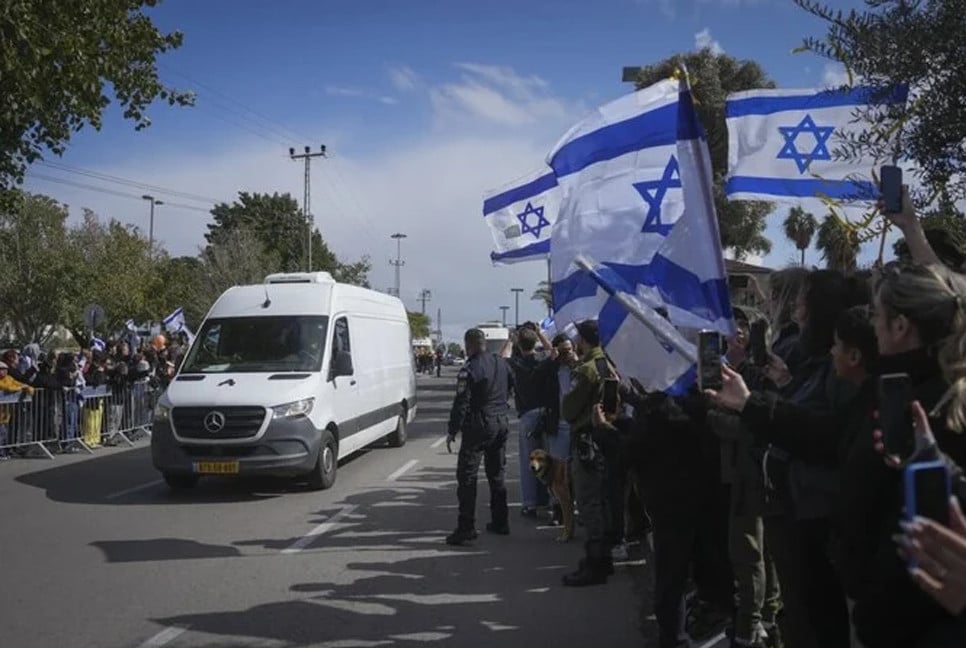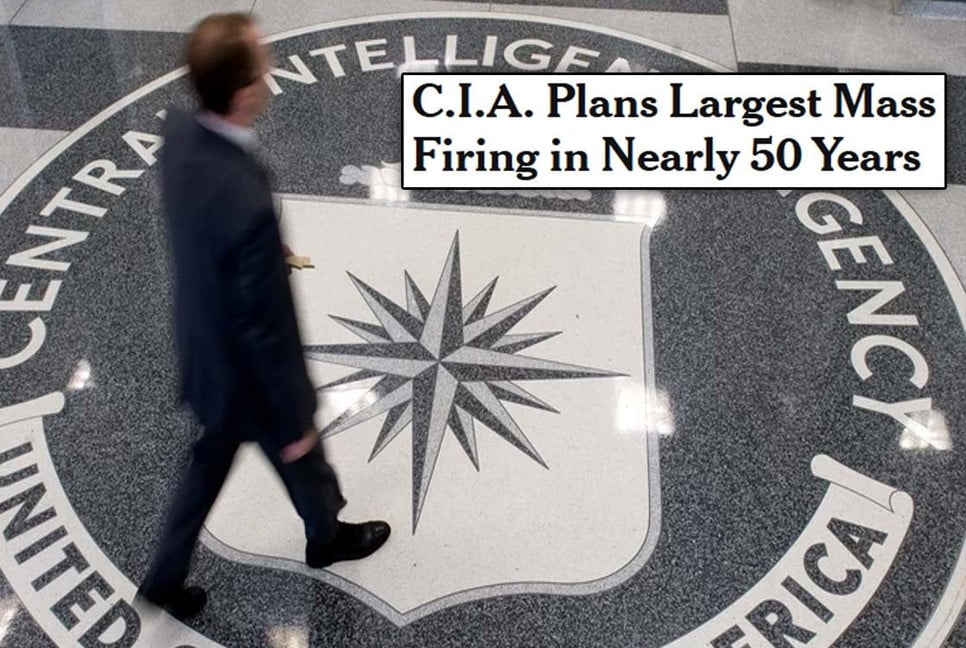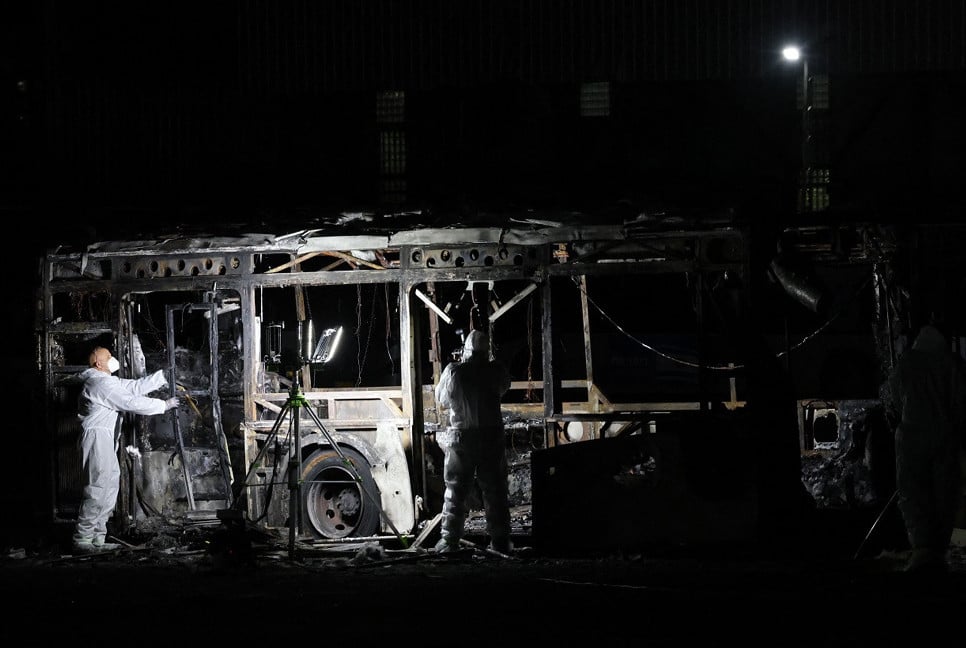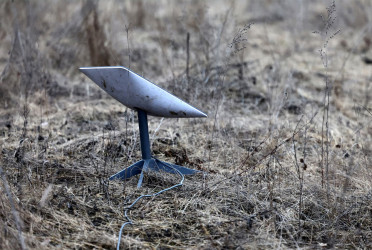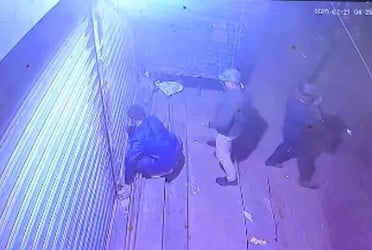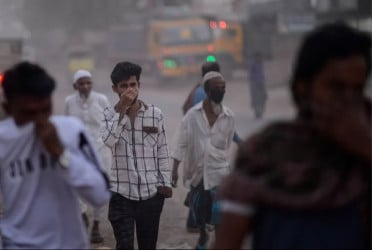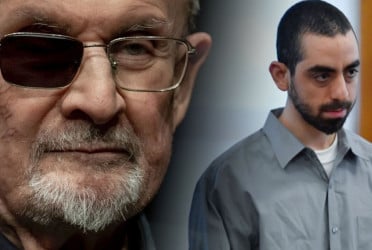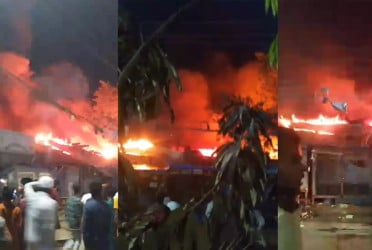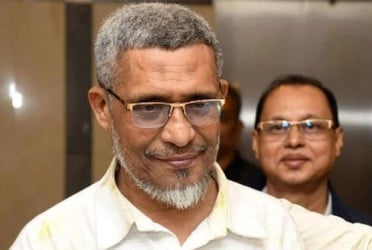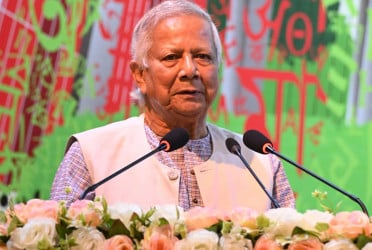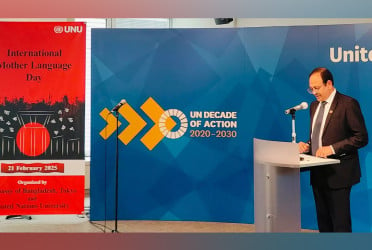As the sun was rising in Kabul on Sunday, two Hellfire missiles fired by a U.S. drone ended Ayman al-Zawahri's decade-long reign as the leader of al-Qaida. The seeds of the audacious counterterrorism operation had been planted over many months.
U.S. officials had built a scale model of the safe house where al-Zawahri had been located, and brought it into the White House Situation Room to show President Joe Biden. They knew al-Zawahri was partial to sitting on the home's balcony.
They had painstakingly constructed “a pattern of life," as one official put it. They were confident he was on the balcony when the missiles flew, officials said.
Years of efforts by U.S. intelligence operatives under four presidents to track al-Zawahri and his associates paid dividends earlier this year, Biden said, when they located Osama bin Laden’s longtime No. 2 — a co-planner of the Sept. 11, 2001, terrorist attacks on the U.S. — and ultimate successor at the house in Kabul.
Bin Laden's death came in May 2011, face to face with a U.S. assault team led by Navy SEALs. Al-Zawahri's death came from afar, at 6:18 a.m. in Kabul.
His family, supported by the Haqqani Taliban network, had taken up residence in the home after the Taliban regained control of the country last year, following the withdrawal of U.S. forces after nearly 20 years of combat that had been intended, in part, to keep al-Qaida from regaining a base of operations in Afghanistan.
But the lead on his whereabouts was only the first step. Confirming al-Zawahri’s identity, devising a strike in a crowded city that wouldn’t recklessly endanger civilians, and ensuring the operation wouldn’t set back other U.S. priorities took months to fall into place.
That effort involved independent teams of analysts reaching similar conclusions about the probability of al-Zawahri’s presence, the scale mock-up and engineering studies of the building to evaluate the risk to people nearby, and the unanimous recommendation of Biden’s advisers to go ahead with the strike.
“Clear and convincing,” Biden called the evidence. "I authorized the precision strike that would remove him from the battlefield once and for all. This measure was carefully planned, rigorously, to minimize the risk of harm to other civilians.”
The consequences of getting it wrong on this type of judgment call were devastating a year ago this month, when a U.S. drone strike during the chaotic withdrawal of American forces killed 10 innocent family members, seven of them children.
Source: AP


